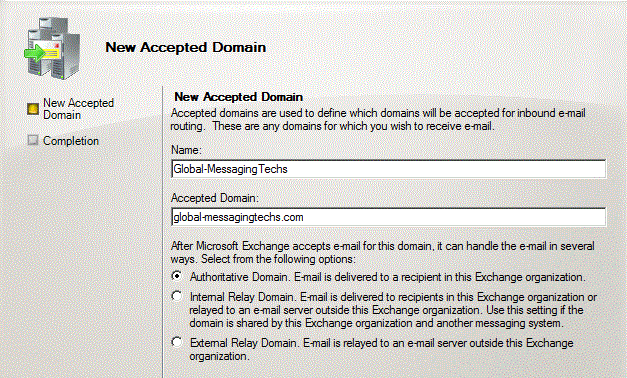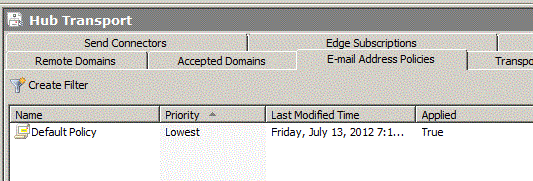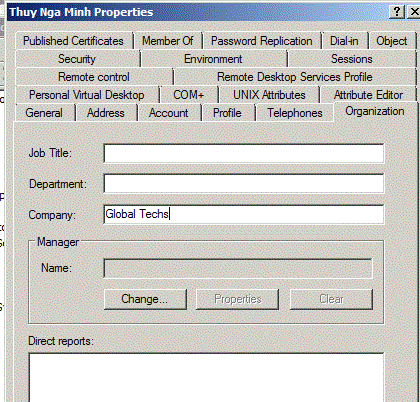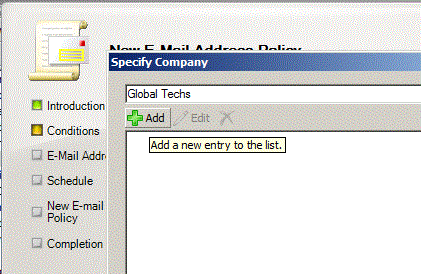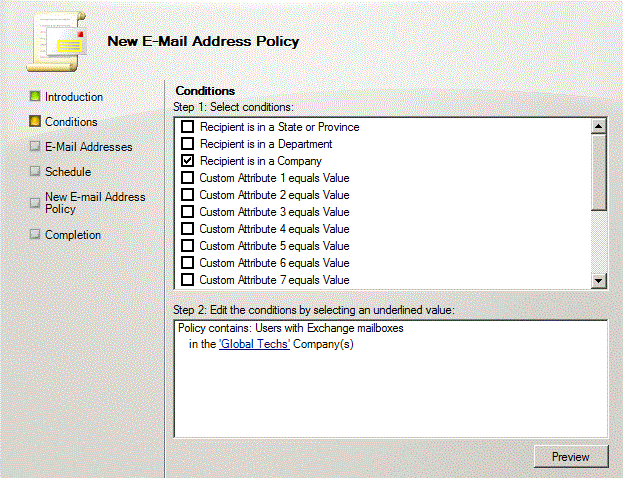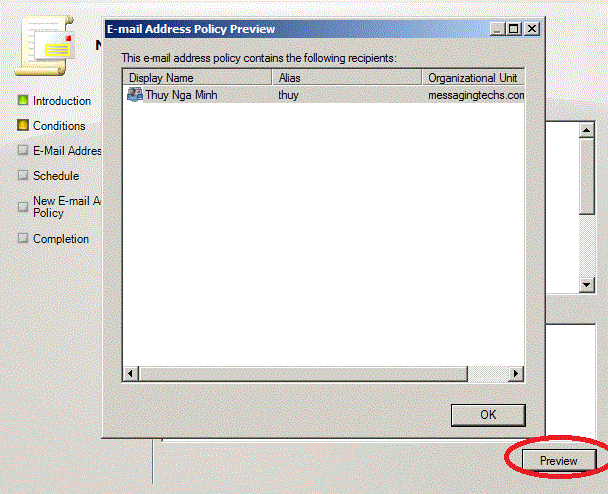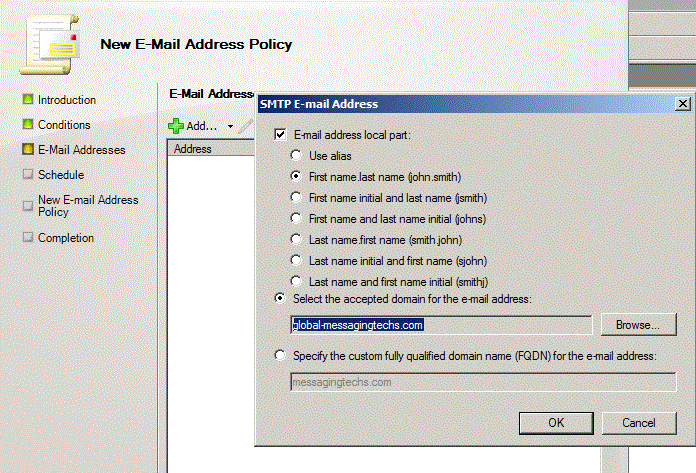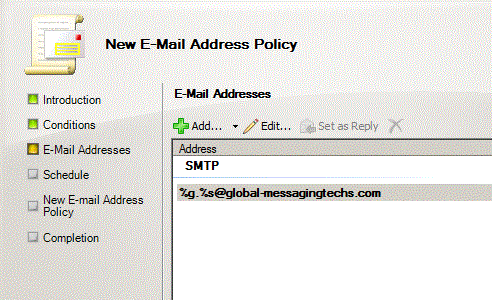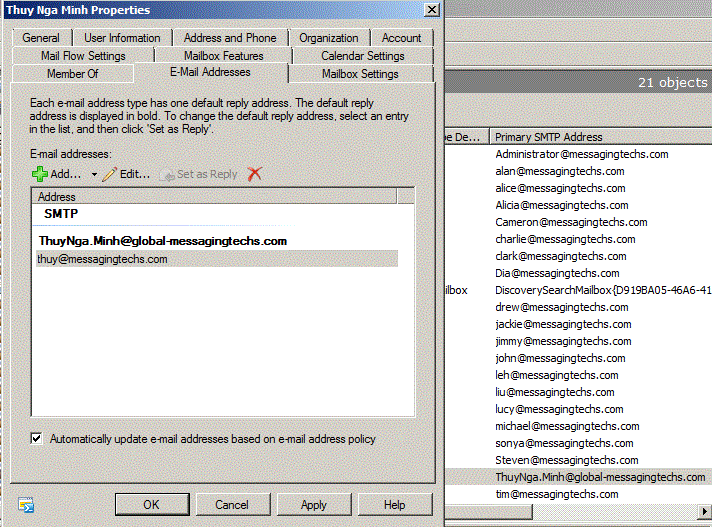Post by Alex on Jul 11, 2012 16:13:40 GMT 5.5
E-Mail Address Policies
Recipients (which include users, resources, contacts, and groups) are any mail-enabled object in Active Directory to which Exchange can deliver or route messages. For a recipient to send or receive e-mail messages, the recipient must have an e-mail address. E-mail address policies generate the primary and secondary e-mail addresses for your recipients so they can receive and send e-mail.
Behaviors of Recipient Policies
The recipient policy functionality is divided into two features: e-mail address policies and accepted domains.
In this topic we discuss - mail address policies
For accepted domains - messagingtechs.proboards.com/index.cgi?board=exchange2010&action=display&thread=7
When you run the Update-EmailAddressPolicy cmdlet in the Exchange Management Shell, the recipient object is updated with the e-mail address policy
This example applies the e-mail address policy named EMAIL_ADDRESS_POLICY01 to all affected recipients.
Update-EmailAddressPolicy -Identity EMAIL_ADDRESS_POLICY01
When creating an e-mail address policy, you can use the following e-mail address types:
Precanned SMTP e-mail address. Precanned SMTP e-mail addresses are commonly used e-mail address types provided for you.
Custom SMTP e-mail address. If you don't want to use one of the precanned SMTP e-mail addresses, you can specify a custom SMTP e-mail address.
When creating a custom SMTP e-mail address, you can use the variables in the following table to specify alternate values for the local part of the e-mail address.
Custom SMTP e-mail address
| Variable Value %g Given name (first name) %i Middle initial %s Surname (last name) %d Display name %m Exchange alias %xs Uses the first x letters of the surname. For example, if x = 2, the first two letters of the surname are used. %xg Uses the first x letters of the given name. For example, if x = 2, the first two letters of the given name are used. |
Non-SMTP e-mail address.
The following types of non-SMTP e-mail addresses are supported:
EX (Legacy DN Proxy Address Prefix DisplayName)
X.500
X.400
MSMail
CcMail
Lotus Notes
Novell GroupWise
Exchange Unified Messaging proxy address (EUM proxy address)
Important:
In Exchange, all non-SMTP e-mail addresses are considered custom addresses. Exchange doesn't provide unique dialog boxes or property pages for X.400, GroupWise, or Lotus Notes e-mail address types. If you add a non-SMTP custom e-mail address, you must have the appropriate dynamic-link library (DLL) files. If you don't provide the appropriate DLL files, you won't be able to create a customized e-mail address policy. The following error will be logged in Event Viewer: "The e-mail address description object in the Microsoft Exchange directory for the 'SADF' address type on 'i386' machines are missing."
Use the Shell to create an e-mail address policy by using recipient filters

Note:
You can't use the EMC to create an e-mail address policy by using recipient filters.
To create an e-mail address policy by using recipient filters, use the following syntax.
New-EmailAddressPolicy -Name <String> -RecipientFilter <String>
This example creates an e-mail address policy that applies to all executives and for which the local part of the e-mail address consists of the first two letters of their first name and their entire last name.
New-EmailAddressPolicy -Name 'Execs' -EnabledEmailAddressTemplates 'SMTP:%2g%s@contoso.com' -RecipientFilter {((RecipientType -eq 'UserMailbox') -and (Title -like 'executive'))}

